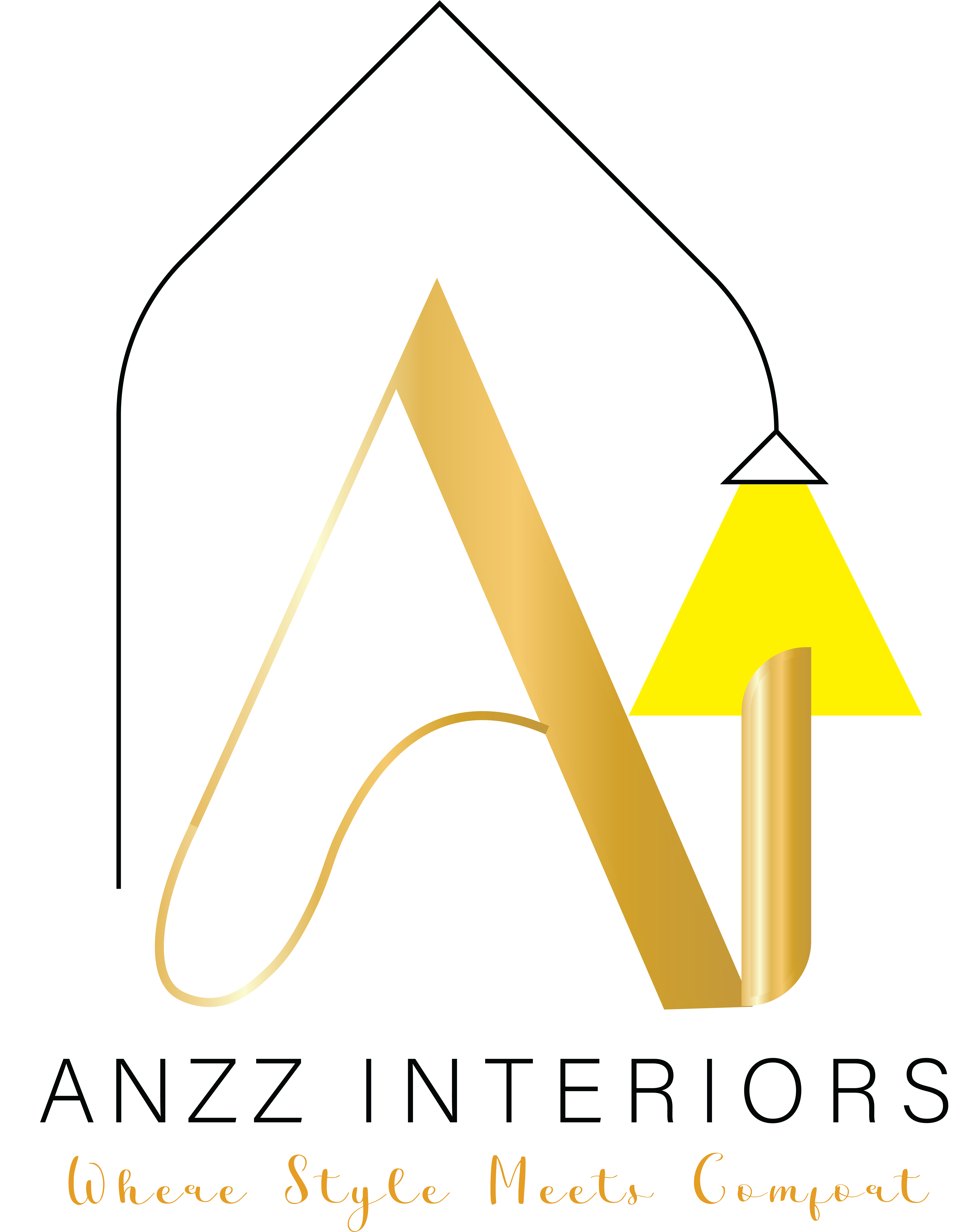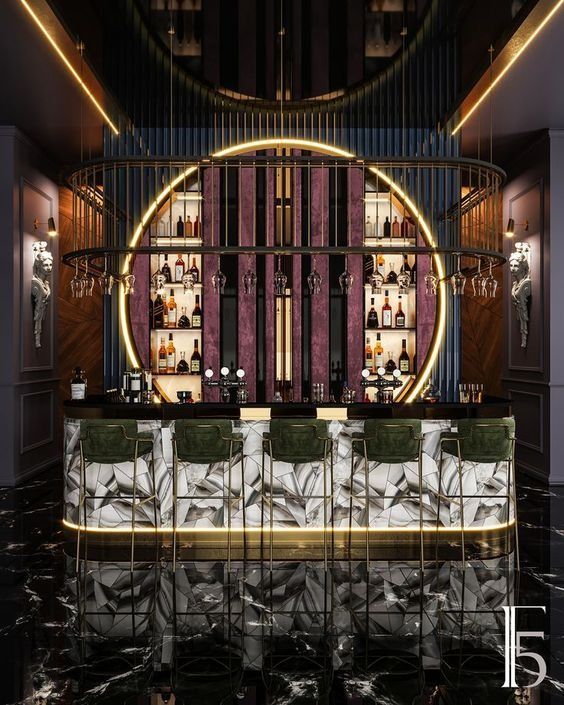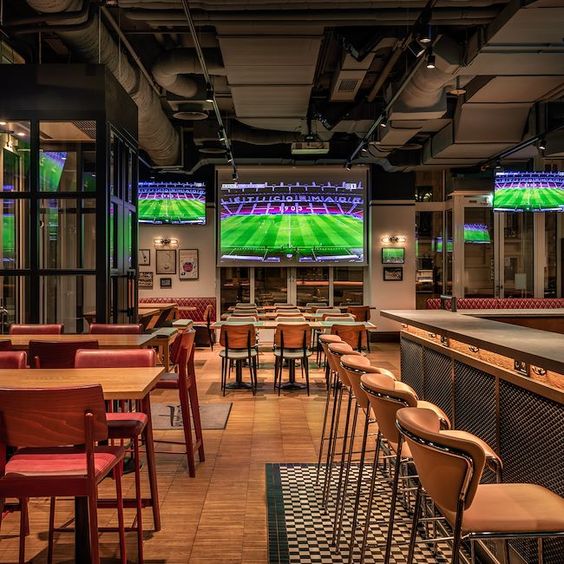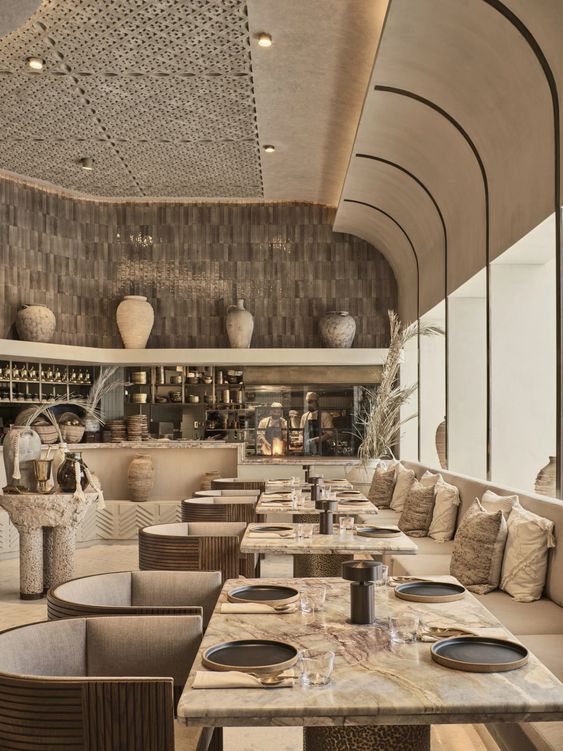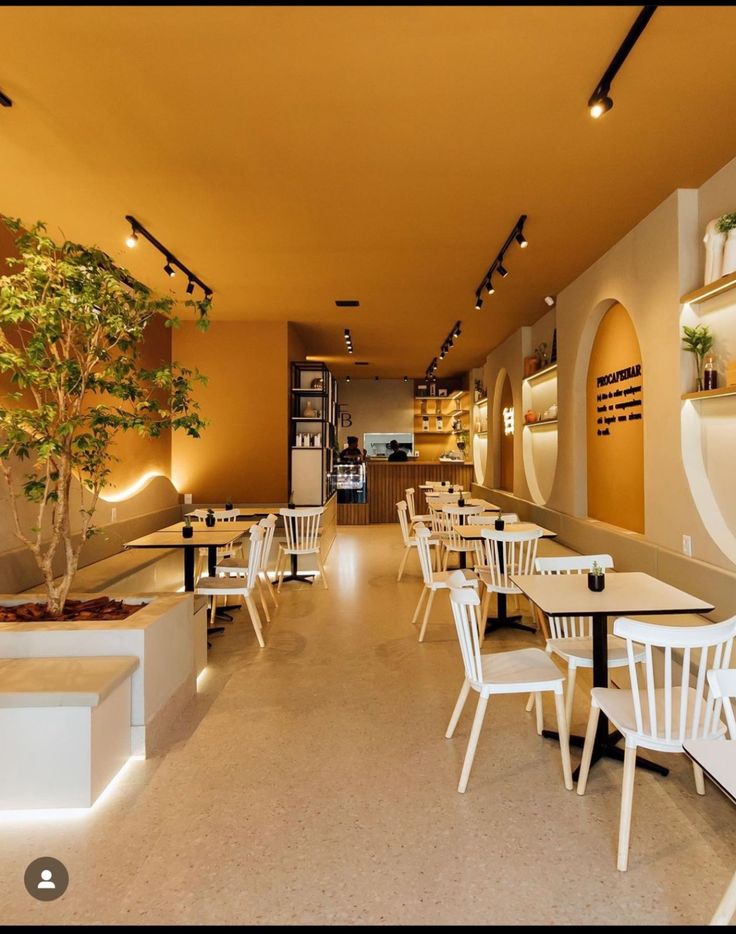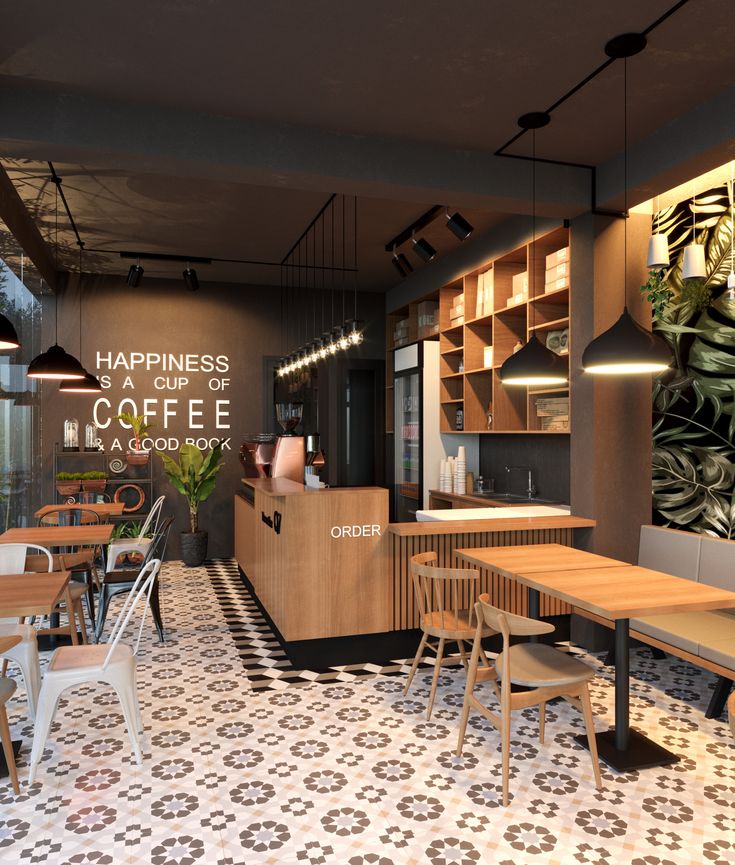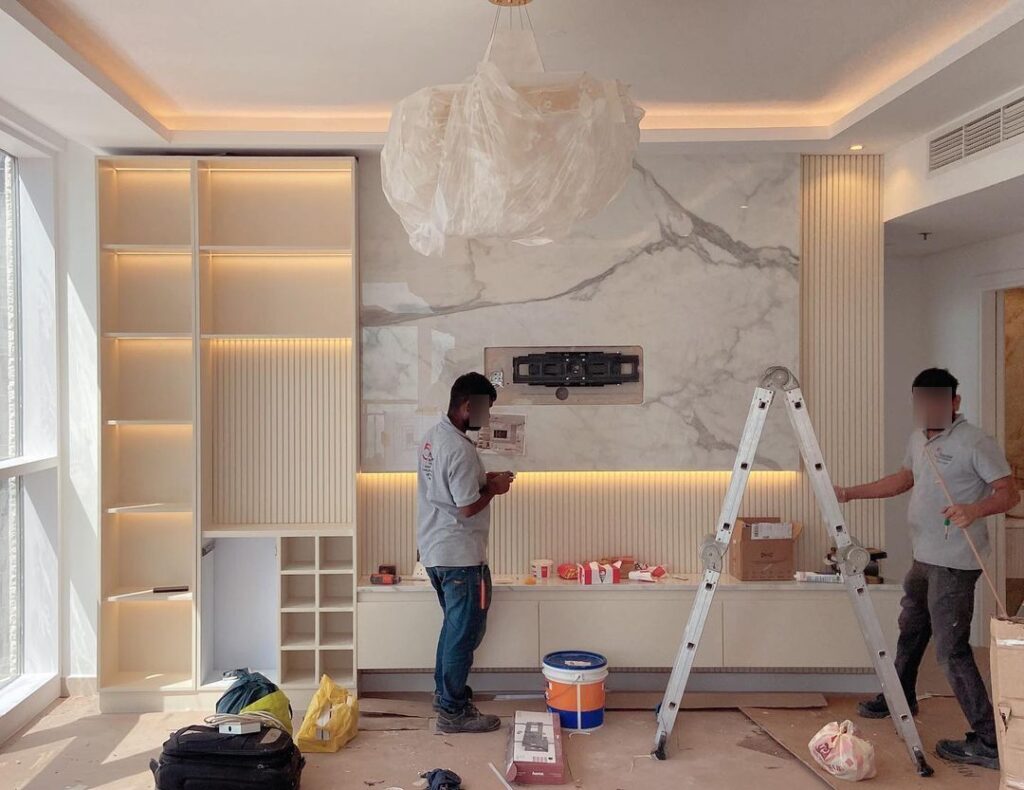0
+
Project Completed
0
+
Fresh Ideas
0
%
Satisfied Clients
0
+
Years of Work
Hotels and resorts interior design focuses on creating luxurious and comfortable environments that cater to guests’ relaxation and enjoyment. The design often incorporates high-end materials, elegant furnishings, and sophisticated lighting to establish a refined ambiance. Guest rooms are meticulously crafted for comfort and functionality, offering premium amenities and thoughtful details. Public areas, such as lobbies, restaurants, and lounges, are designed to impress and facilitate social interaction. The overall aesthetic aims to reflect the resort’s unique location or theme, providing an immersive and memorable experience for visitors.
